A Return to Tradition? Iraq Legalizes Child Marriages

Iraq's parliament has passed laws that may legalize child marriage, raising concerns about women's rights and children's protection

Iraq's parliament has passed laws that may legalize child marriage, raising concerns about women's rights and children's protection

Speculation abounds on whether Trump’s interest in territorial expansion extends beyond Greenland, with whispers suggesting the Philippines could be a potential target
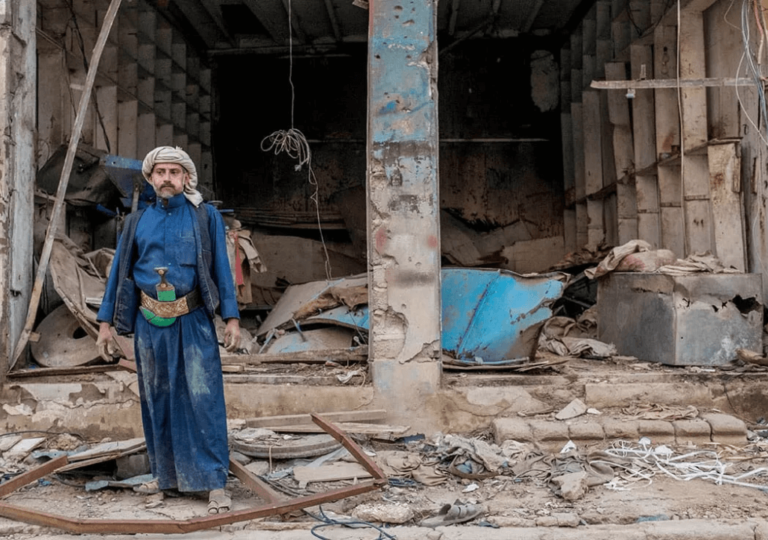
The Israel-Iran conflict is reshaping alliances in the Middle East, with potential resolutions in Syria and Yemen emerging
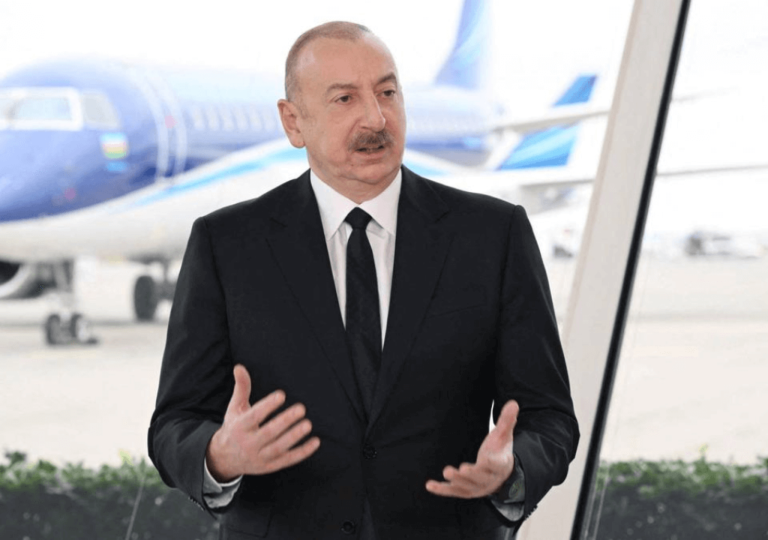
Azerbaijan's loyalty to Russia is tested after a tragic plane crash, prompting demands for accountability and potential shifts in alliances
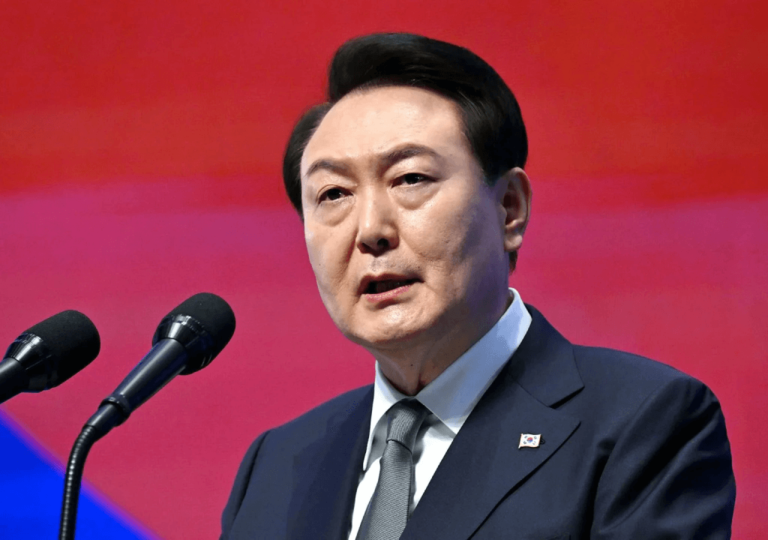
South Korea's President Yoon Suk Yeol defies impeachment, facing protests and a Constitutional Court ruling on his future
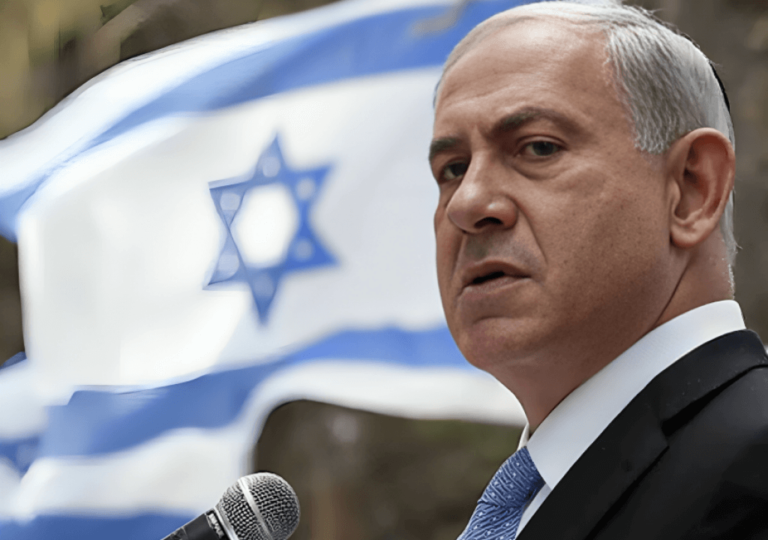
Israel's recent actions suggest expansion beyond its original borders, intensifying focus on the Golan Heights and settlements in occupied territories
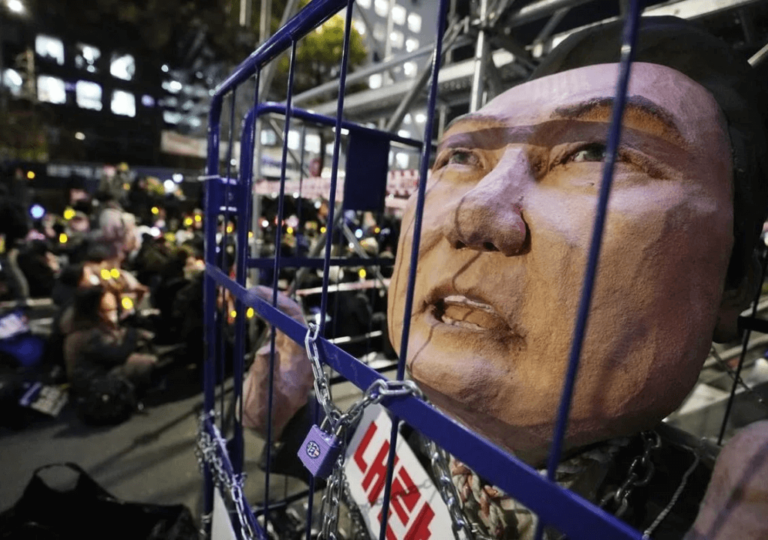
South Korea's National Assembly impeached President Yoon Suk Yeol after his controversial martial law declaration, marking a pivotal moment for democracy
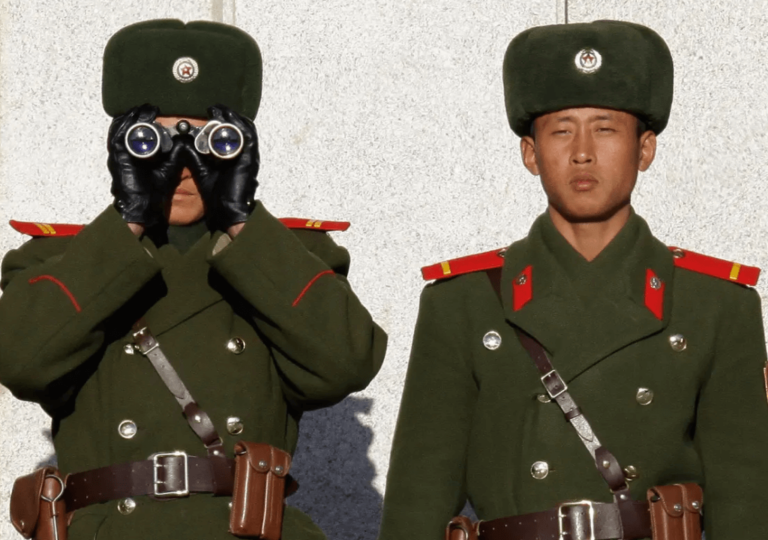
North Korea remains silent amid South Korea's political turmoil, marking a departure from its typical hostile stance
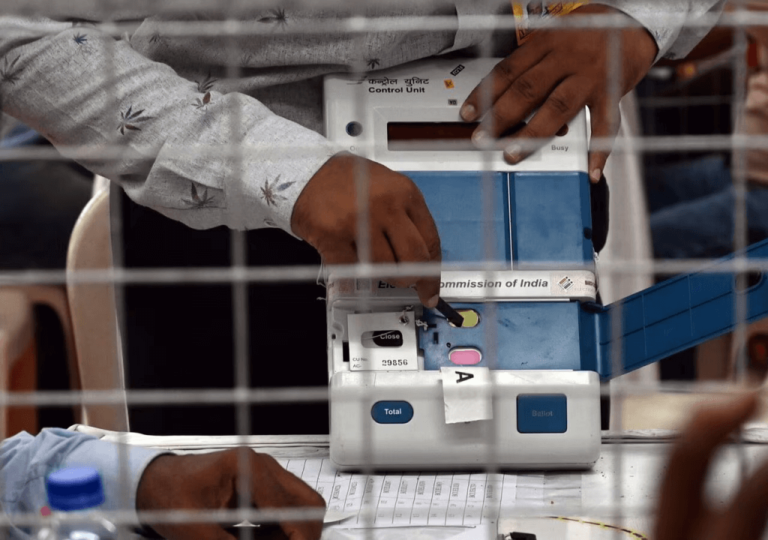
The Indian National Congress celebrates a rare achievement but faces ongoing challenges and declining influence in Indian politics
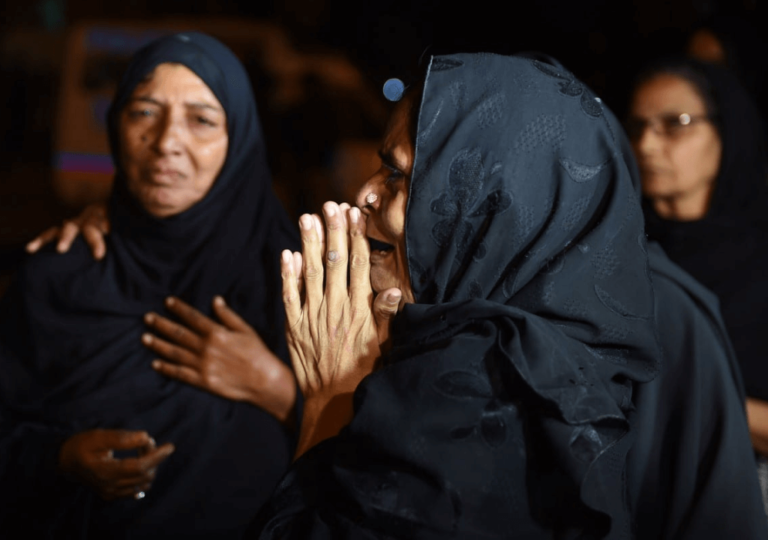
Sectarian violence in Pakistan escalates, with 300 families fleeing recent clashes that left 32 dead, highlighting systemic oppression of Shia Muslims